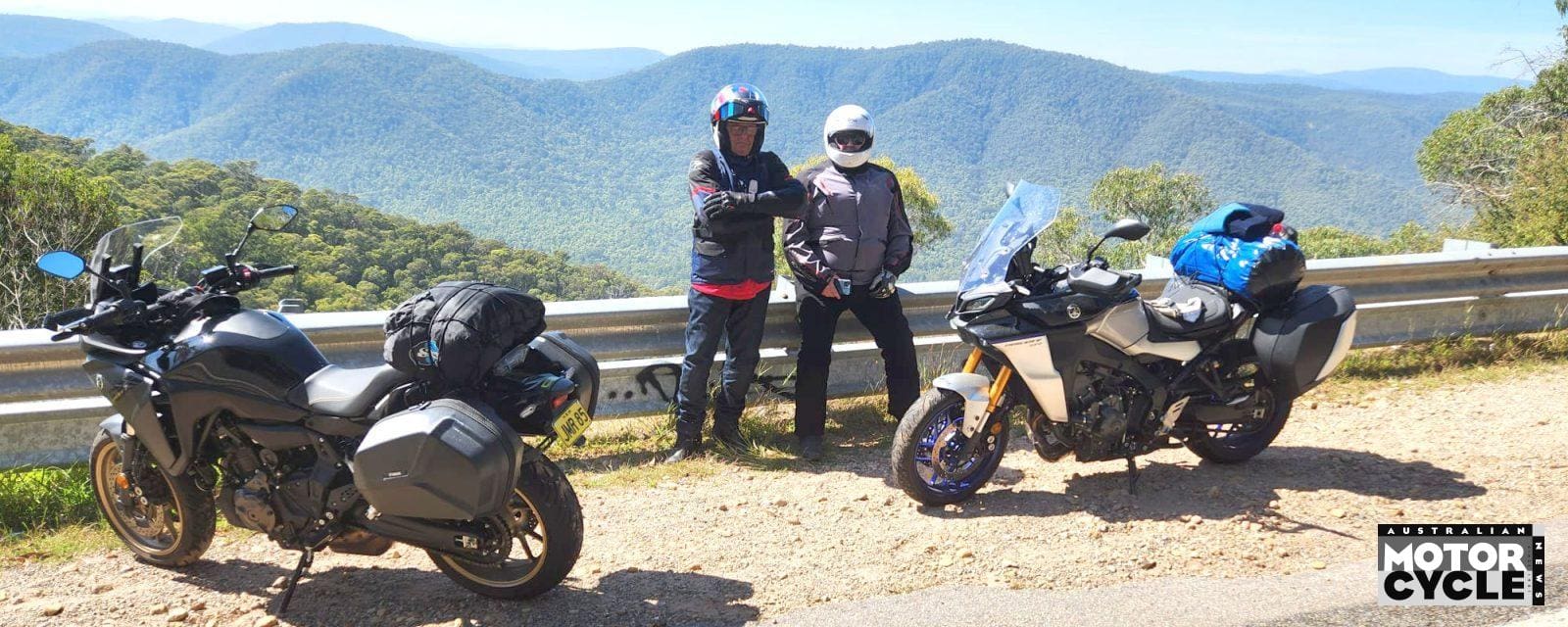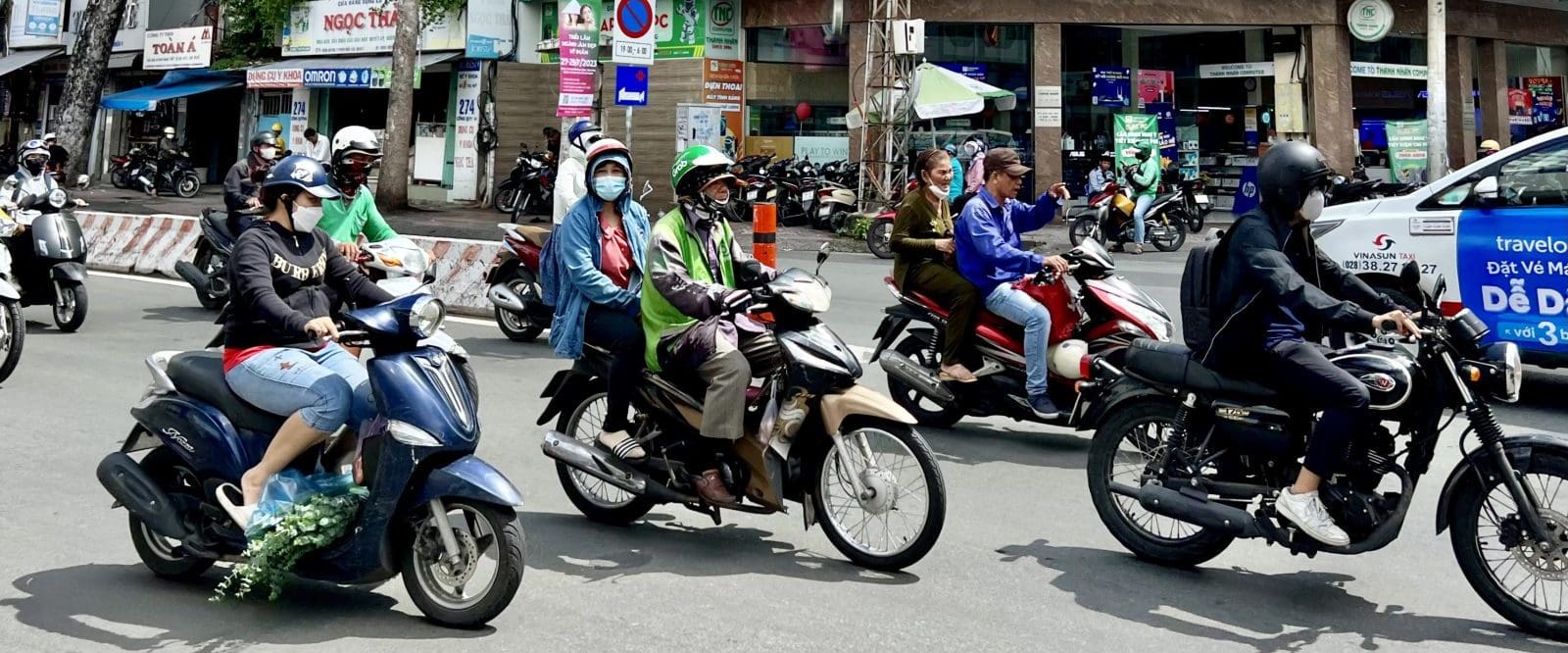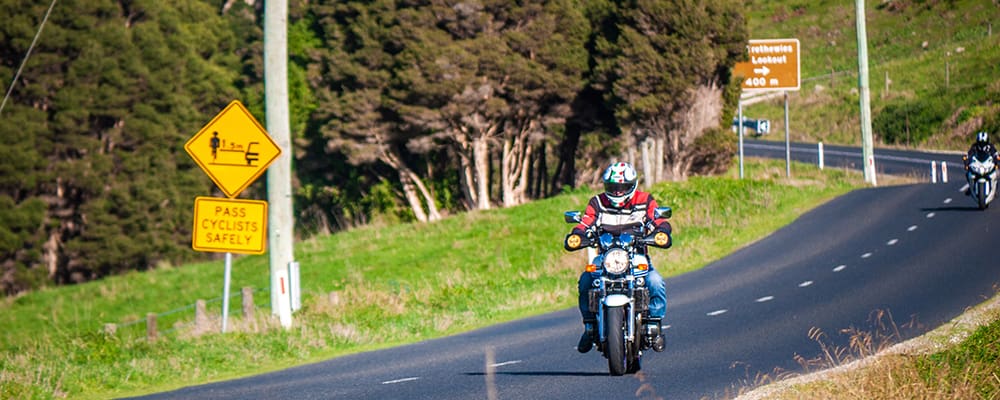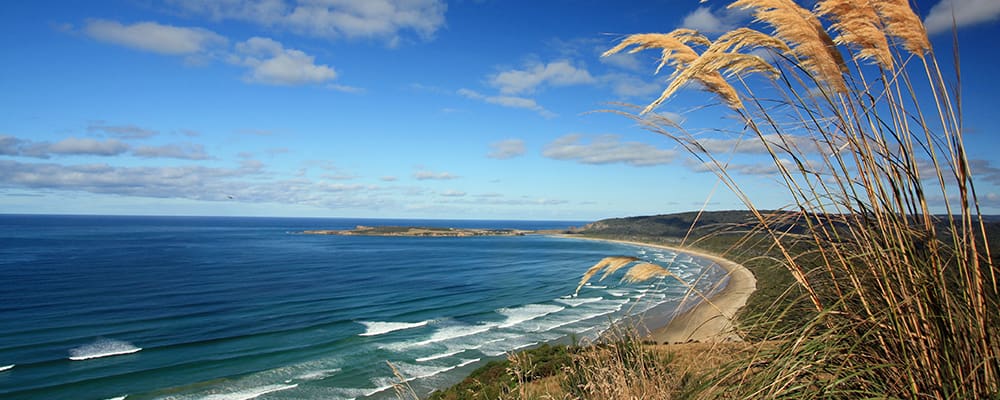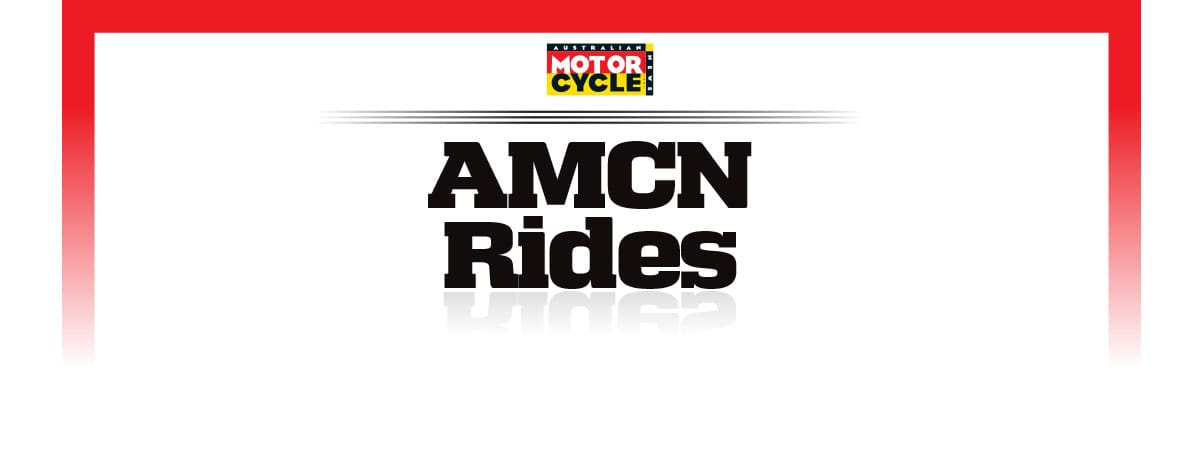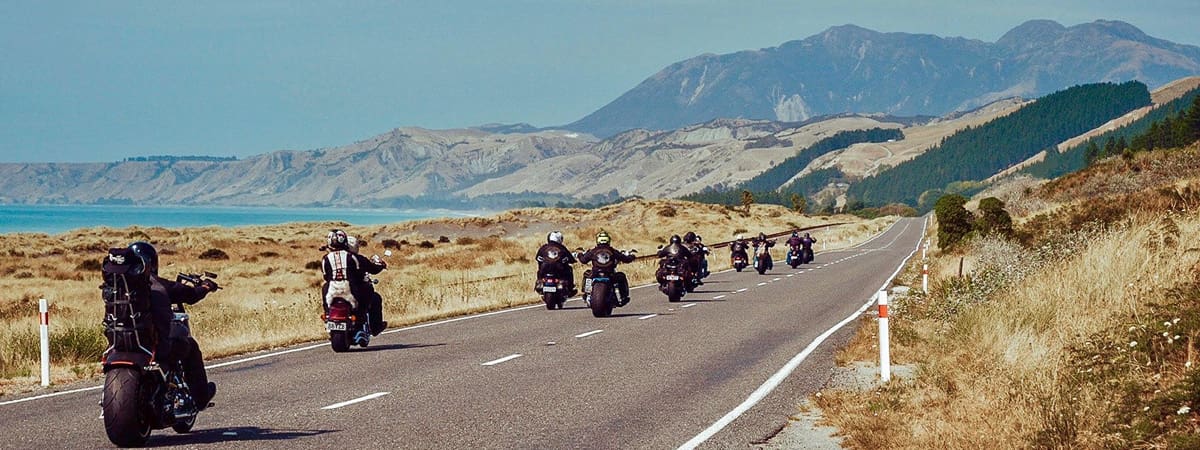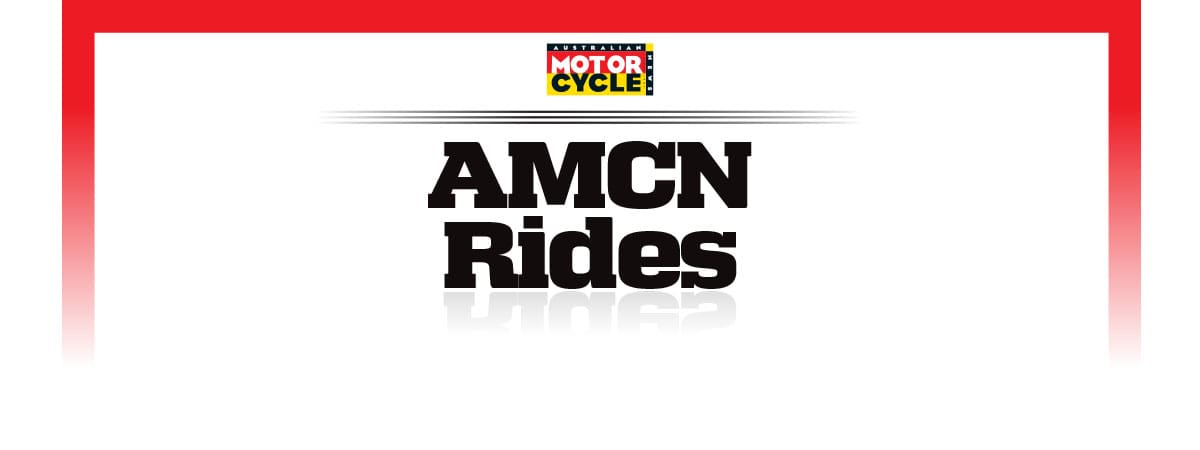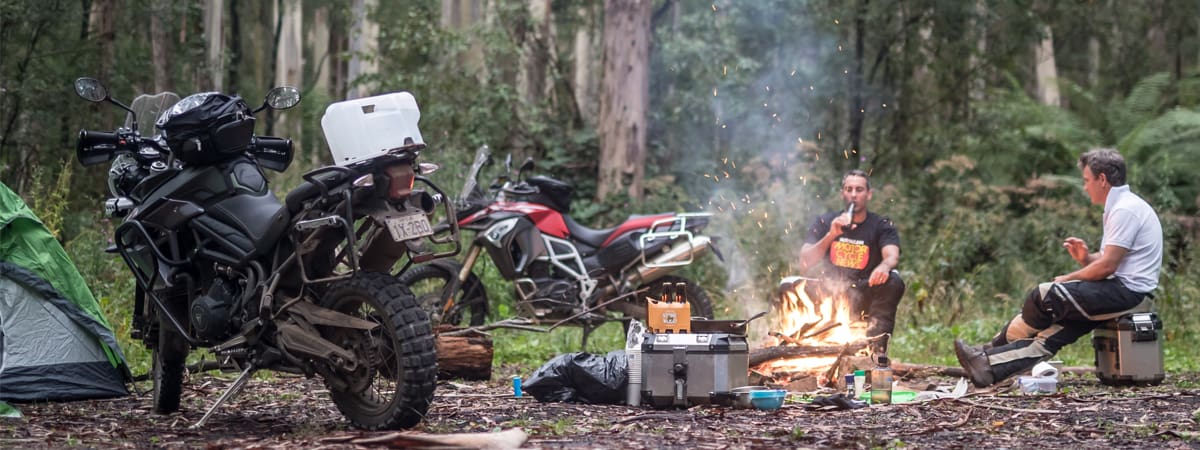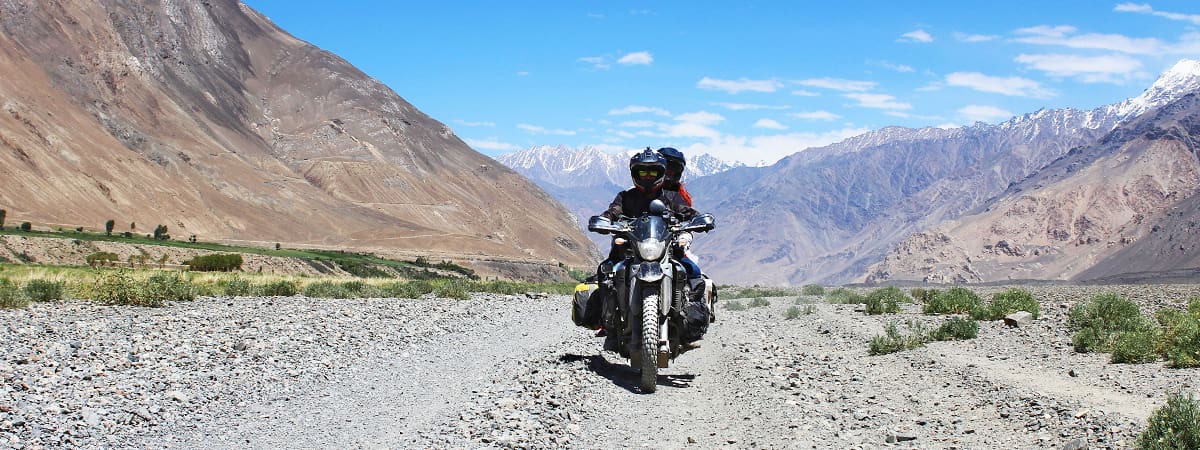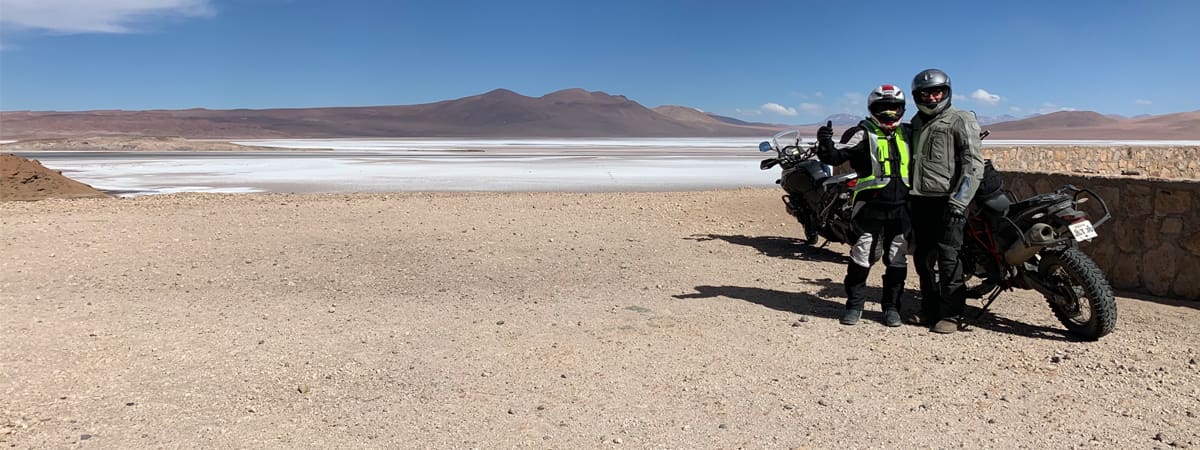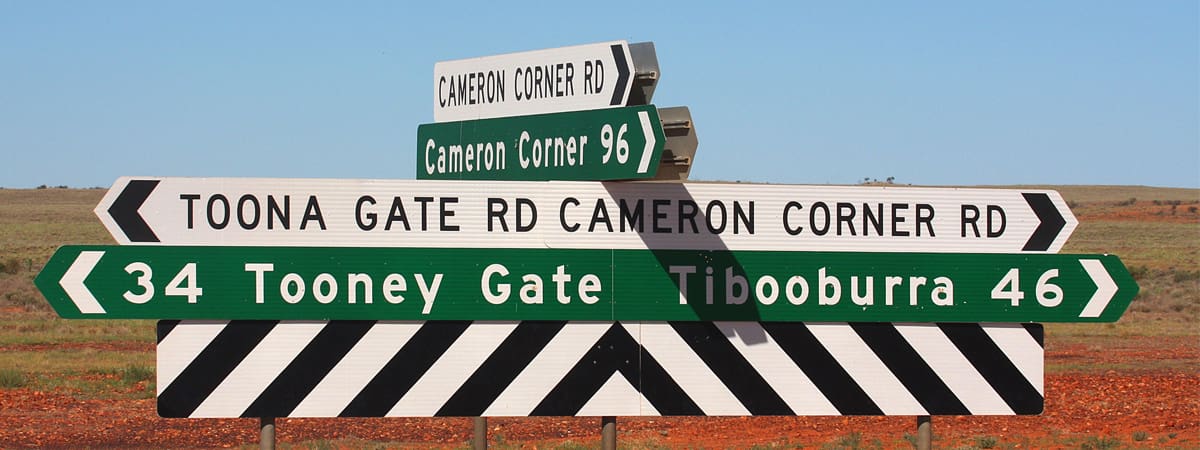Singapore was flooded. Teng and I decided that rather than hang around in the rain, we would instead ride our motorbikes north in the rain to Thailand, and maybe even to Laos for some foreign rain. The plan worked superbly; we got soaked all the way up through Malaysia, got drenched in Thailand, and I almost rode underwater in Kuantan. Success!
After having slogged a few hundred kilometres up the Malaysian North-South highway we reached Sungei Patani, a small town in north Malaysia with an intriguingly down to earth mix of cultures; in the hotel the ultra-orthodox religious ladies behind the desk asked if we wanted a “proper massage”, along with directions to a karaoke bar out the back.
Having got a bit lost next day we arrived at the Wan Chulian Malaysia-Thai border post, then into Thailand — and to the seaside at Krabi. Krabi was again wet, but featured the delightful River Hotel with some smashing sunset views, an excellent street food market, and an Art Gallery managed by a young woman in slippers that doubled as floor-shining mops. Neat.
Krabi also boasted a fleet of what could have been motorcycle sidecar bombers (see photo). Judging by the state of their crash helmets they had little fear of death.
It happened to be the Loi Kratong Festival when we were in Krabi; that’s when you ship off your troubles in a little boat or hot-air lantern complete with flowers and prayers — so I set one sail on the Krabi River, praying the rain would stop, among other things. Next day dawned lovely and cool, and with no rain! Result.
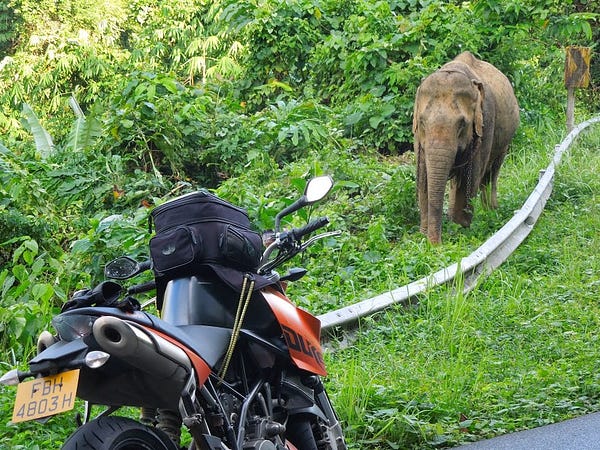
We cut off cross country towards the Burmese border, through the edge of the Khlong Phanom National Park. There, rather photo-oportunistically, we came across a bunch of elephants waiting to haul logs. The guy looking after these massive four-tonne animals had flip flops and ragged trousers that looked like his last job was as a partly successful motorcycle bomber.
I gave him a spare t-shirt and pants and he was so gobsmacked he could only say sawadee and shake his head continuously.
That night we stayed in a luxury motel for 200baht (about $6) each where Teng got the bonus of a bed in his room, as well as sheets and a pillow. I didn’t.
Next day, as we travelled further north, out of Thai Muslim country, the previously viciously-potholed roads got better and better. North of seaside resort Hua Hin, where the rich Buddhist establishment from Bangkok goes to play, the roads were uniformly miracle-smooth. Why was that, then?
Not only did the amount of tarmac increase, so did the road signs. Thailand hasn’t quite got to grips with the idea of visual pollution yet, so finding our way was challenging to say the least — and a GPS was useful as a chocolate teapot when it came to small back lanes.
We passed one rural school where we stopped and gave some children a few books and pens we had brought with us. Two things stick in my mind: the politeness and grace of even the most impatient children (there were a lot of them by the time word of free stuff had got out) and the fact that they all wanted exercise books more than pens, so they could practise and keep their writing.
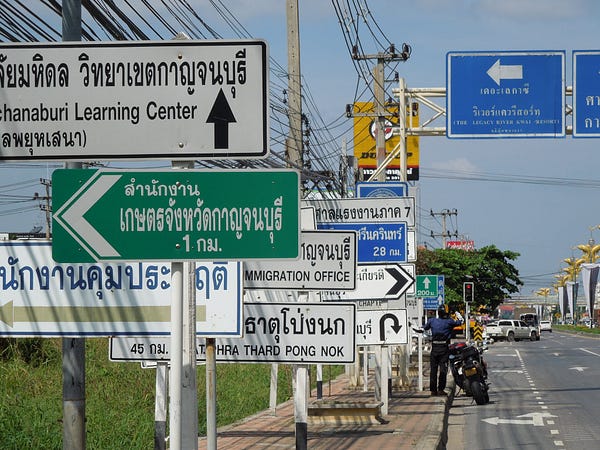
We decided as a) it was still a bit wet and b) Teng’s back was suffering, that we would head back home and postpone Laos til next time. We pointed bravely into a fresh downpour towards Prachuap Kirikhan. What a lovely place; it’s a seaside market town that still has shops made of wood, selling $1 bags of detergent and rusty ¾-inch Whitworth spanners side by side. 1957? Somewhere about there.
One pleasant old lady advised us to watch out for the bad roads further south, saying they were bad because of all the terrorist bombers. Oh, that explains the poor roads then — not because the Bangkok politicians can’t be bothered to repair them or are punishing anybody . . .
After one last overnight in slightly sleazy Hat Yai, where we got even wetter than ever, we set out for Malaysia — but I decided to go through “terrorist” country to Betong rather than face the mind-numbing high speed highway on the SuperDuke. I am so glad I did. The sun came out and I was treated to tarmac bliss: twisty, un-potholed surfaces and almost completely empty.
Empty apart that is from razor-wire decorated gun emplacements at almost every cross-roads. At one, I was stopped by about six Thai Army guys in fatigues cradling sub-machine guns. They stood around me in a well-rehearsed semi-circle. “Where are you from? Where are you going? What country do you come from?” They were friendly enough but definitely not there just for a chat. I didn’t take photos, or make any smart remarks.
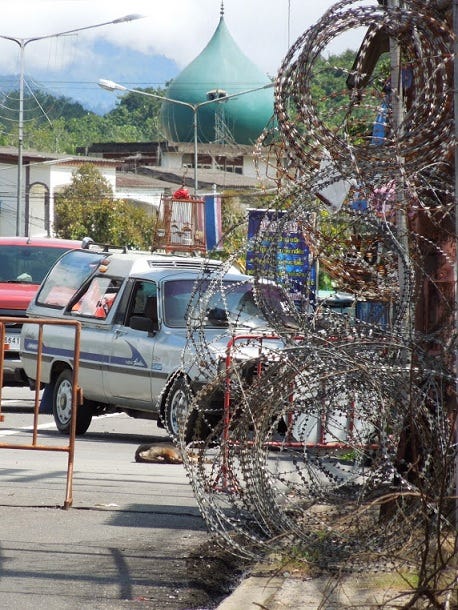
Just outside the village I passed a paramilitary pickup truck with a sniper in the back, lean black rifle levelled along the road I’d just ridden down, ready to wipe out any potential problem. Or me.
That really made me shiver; I can’t image what it must be like to live with that every day.
Back across the border and into Malaysia, the road gods smiled at last. If you get the chance, ride the No.64 from Benta to Maran through Jerantut. It is a 130km stretch of tyre-stretching, grin-inducing, non-stop bend-swinging through wonderful jungle and river country, villagers waving and shouting greetings as I shattered their peaceful day. Utterly brilliant — and for the most part, dry.
But by then, that Loi Kratong boat had used up the last of its last rain-quelling karma, and I was introduced to the delights of submarine riding. I made it to a hotel by following in the wake (literally) of a bus. Within a couple of days 60,000 people in the region were completely cut off by the floodwaters.
Riding back from Kuantan to Singapore was dull. It didn’t rain much, the roads were OK, and I didn’t see a single person with a machine-gun.
Read more tales at
https://medium.com/@jeremytorr/
